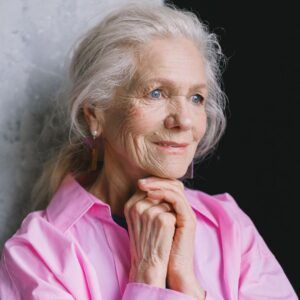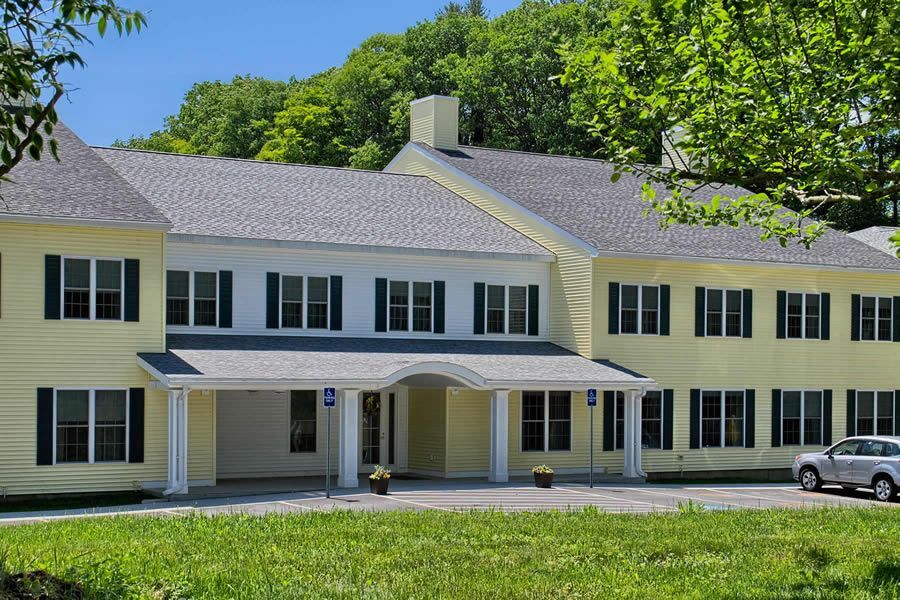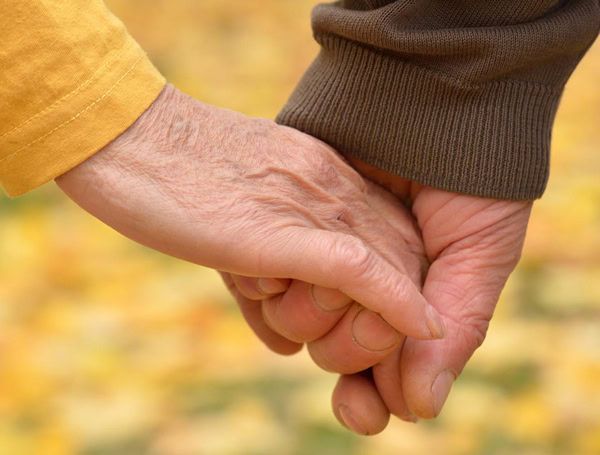Top Benefits of Community Living for Elderly: Enhance Well-being and Social Connection
Community living for older Americans provides seniors with a secure and vibrant place to live. This article explains what to expect from senior communities, their benefits, and tips for choosing the right one.
Key Takeaways
- Community living for older Americans promotes enhanced well-being and social connections, helping seniors discover purpose and belonging in a supportive environment.
- Different types of senior living communities cater to varying needs, offering choices from independent living to assisted living, with tailored services and amenities aimed at maximizing comfort and dignity.
- Key benefits of community living include improved health outcomes, increased social engagement, and enhanced safety measures, all contributing to a vibrant and secure lifestyle for seniors.
Understanding Community Living for Elderly
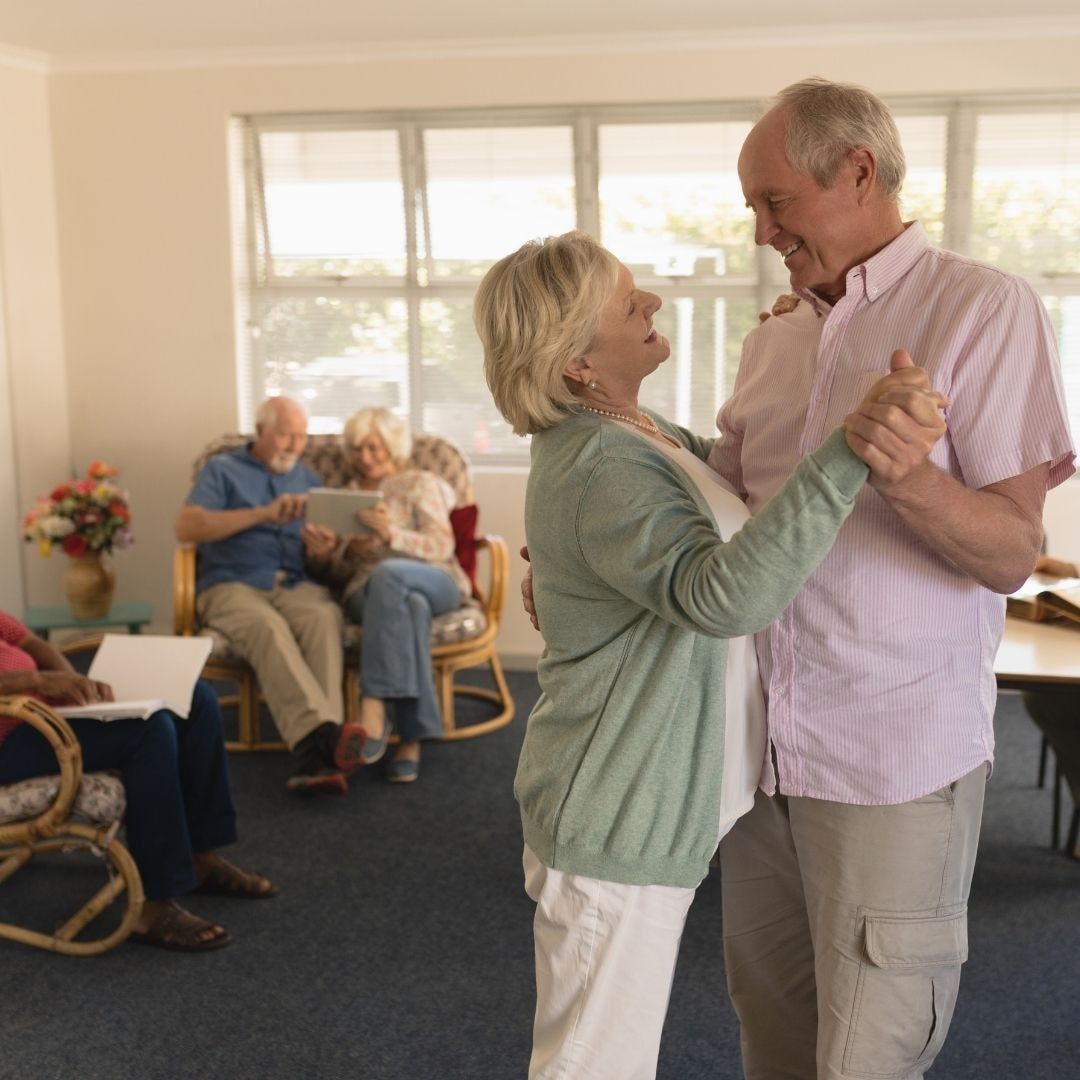
Community living for seniors focuses on living each day to the fullest in a unique way, helping residents to discover purpose in each day while surrounded by a supportive environment. This concept emphasizes peace of mind and a sense of belonging, both of which are crucial for healthy aging.
Senior cohousing communities, consisting of shared spaces and private living quarters, are designed to foster social engagement among older adults. As of 2019, there were more than 295 senior cohousing communities in the United States, highlighting a growing trend.
Lifestyle preferences and needs play a significant role in choosing the right type of co-housing community, with most communities having various options available to cater to different levels of support and social interaction.
Types of Senior Living Communities

Senior living communities cater to the varying needs of older adults by providing different types of residences, from independent living to assisted living and continuing care retirement communities (CCRCs) and retirement community options. Each type offers a unique blend of support and independence.
Services and amenities in senior living communities vary widely but often include meal services, housekeeping, healthcare, and recreational activities tailored to residents’ preferences and needs. Selecting the right type of senior living community that offers the right level of support ensures residents can enjoy their golden years with comfort and dignity.
Independent Living Options
Independent living communities are designed for seniors aged 55 and over who are capable of living independently but may seek future support. In most independent living communities, if a resident needs help with an activity of daily living (bathing, dressing, etc), the resident or family will need to hire in that supported care on their own. These communities focus on preserving independence while reducing maintenance stress, offering various amenities such as fitness centers, game rooms, and restaurant-style dining options.
Residents in independent living facilities benefit from more freedom and flexibility, along with a built-in social network and organized activities. Common activities include sports, fitness programs, gardening, book clubs, and arts and crafts, which help seniors connect socially and maintain an active lifestyle.
Assisted Living Facilities
Assisted living facilities offer personalized support for seniors who need assistance with one or more daily activities and sometimes provide medical care. These facilities provide around-the-clock staff for those needing help with daily activities while allowing residents to maintain a level of independence. Most assisted living facilities offer studios and one- or two-bedroom apartments with kitchenettes and private baths. These communities typically provide three meals per day plus all maintenance, housekeeping, laundry, utilities, emergency call services, and recreational activities. They also typically have nurses on staff, though not necessarily 24-hours a day or every day.
Tailored support and care plans in assisted living facilities help residents maintain independence while staff provide necessary assistance, such as helping with showering or dressing. Planning ahead for future care needs ensures long-term compatibility with the community, allowing seniors to receive necessary support as circumstances change. Many older Americans can remain at an assisted living for the rest of their lives. Some, however, because of complex needs, will need to move to a skilled nursing home.
Key Benefits of Community Living for Seniors
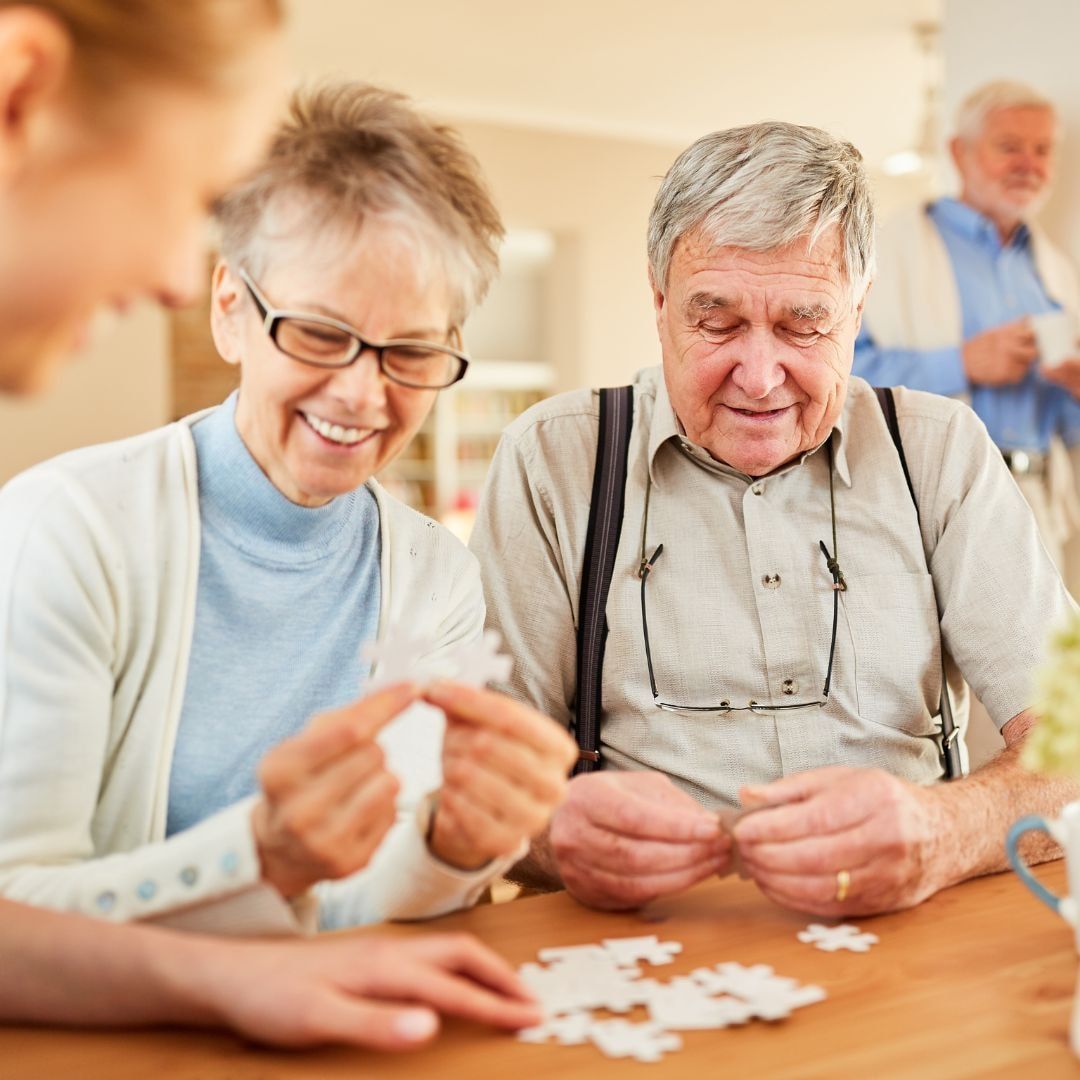
Senior living communities support healthy aging through improved health outcomes and increased social engagement. Engaging in physical activities within these communities enhances muscle and bone health, reduces fall risk, and promotes socialization. Community living environments promote vibrant lifestyles, contributing to overall wellness and a sense of purpose.
A secure environment offers peace of mind for seniors and their families, with quick access to emergency services and enhanced safety features. The vulnerability levels of older adults decline shortly after moving into senior housing, contributing to a sense of security and comfort.
Enhanced Social Connections
Community living environments are designed to enhance social interactions, helping combat issues like isolation and loneliness among seniors. These environments encourage organic interactions among residents, fostering a sense of community and belonging.
Many senior communities highly encourage residents to eat meals with other residents in community dining rooms instead of in their rooms, promoting interactions three times a day. In addition, they organize various activities and events that facilitate engagement and connection among residents. Cultural programs, educational courses, live music, and recreational activities like games and arts enrich life experiences and promote friendships.
Comprehensive Health and Wellness Programs
Access to healthcare services is often convenient in community living settings, with many offering on-site medical facilities or partnerships with local providers. Seniors in these communities have better access to preventive health measures and fitness opportunities, contributing to overall well-being.
Cedar Hill, for example, integrates a holistic approach in its wellness and rehabilitation services, addressing both physical and emotional well-being. Communities should offer diverse amenities like fitness services, social activities, and transportation services to medical appointments to meet residents’ varied needs.
Safety and Security Measures
Safety features in community living may include emergency call systems and trained staff available around the clock for assistance. Seniors enjoy peace of mind in communities that feature robust safety protocols and emergency response systems, ensuring a secure living environment. However, not all independent living communities include these.
The presence of 24/7 staff and emergency response capabilities enhances the overall safety of senior living communities. These comprehensive safety measures ensure that seniors and their families can feel secure in their living environment.
How to Choose the Right Community Living Option

Selecting the right senior living community involves evaluating personal preferences and specific needs. Consider lifestyle preferences and health requirements to ensure the community can provide appropriate care and support.
Researching options, consulting friends and doctors, and visiting communities are crucial for making an informed decision. This thorough approach ensures the selected community provides a fulfilling and supportive environment for the senior.
Evaluating Services and Amenities
Assessing the variety of services and amenities offered by senior living communities is vital for enhancing convenience and contributing to overall well-being. A broad range of services, such as transportation, social activities, and fitness programs, significantly improves the quality of life for residents. In addition, staying for a meal makes sure the dining options are suitable.
When evaluating assisted living in particular, key factors to evaluate include staff-to-resident ratios and the types of training received by caregivers. A knowledgeable and compassionate staff ensures residents’ individual needs are met effectively.
Visiting Potential Communities
Touring potential communities ensures they meet the needs and preferences of elderly individuals. During visits, pay attention to cleanliness, safety features, meal service and quality, and available activities, as these factors significantly impact the quality of life.
Interacting with staff and other residents during visits offers valuable insights into the community’s culture and support system. Thorough visits enhance understanding and reduce future regrets in choosing the right living environment.
Considering Future Needs
Considering future health and care needs is essential to ensure the chosen senior living community remains suitable as circumstances change. Evaluating potential long-term care needs guides individuals in selecting a community that offers appropriate support as they age.
Choosing a community that offers flexibility can provide peace of mind, knowing that care levels can adapt as health needs evolve. Financial planning considering potential future health services and amenities is crucial to ensuring the sustainability of care throughout retirement.
Supporting Loved Ones Transitioning to Community Living
Supporting loved ones during their transition to community living involves understanding their personal preferences and ensuring open communication. Identifying a preferred location is essential, as it impacts accessibility and convenience for family visits.
Maintaining open communication with family members can ease their anxiety and help them adjust during the transition. This support is crucial for helping them feel comfortable and secure in their new environment.
Emotional Support and Communication
Common feelings experienced when moving to senior living include:
- anger
- embarrassment
- regret
- vulnerability
- anxiety
Seniors often experience grief, feelings of loss, and stress from fear of the unknown and, as with any move, it takes time to adapt and make new friendships.
Involving seniors in planning, communicating regularly, and respecting their feelings supports them during the move. If a senior has concerns after moving, families should take them seriously and discuss possible resolutions. Families should make sure to visit more often in the first few months to help provide emotional support during this transition.
Practical Tips for a Smooth Move
Evaluating your financial status before moving to an independent living community helps determine your budget and potential costs. Starting the downsizing process early allows ample time to sort belongings and decide what to keep or discard, alleviating stress.
A detailed moving plan with timelines and packing strategies ensures a seamless transition. Engaging in community activities and events after the move can help new residents acclimate and build social connections in their new environment.
Decorating the new living space with familiar items can create a comforting atmosphere and ease the adjustment.
Cedar Hill Continuing Care Community: A Model of Excellence

Cedar Hill Continuing Care Community's mission is to create an environment of encouragement and supportive care for seniors, enabling their dignity, independence, social relationships, and the ability to maximize their personal potential.
Founded in 1988 by nurses Mary Louise Horn and Judy Brogren, Cedar Hill has been caring for the community for over 35 years. The community emphasizes a person-centered approach, tailoring its services to meet the unique needs of each resident.
Person-Centered Care Approach
Individualized care plans at Cedar Hill cater to each resident’s specific needs, promoting autonomy. These plans are tailored to each resident, ensuring personalized support.
Cedar Hill employs an interdisciplinary team of professionals who collaborate to ensure high-quality care for residents. The staff’s expertise and dedication align with each resident’s personal care needs.
Range of Care Options at Cedar Hill
Cedar Hill offers a variety of care options, including independent living, assisted living, memory care, and skilled nursing services. This continuum of care ensures residents receive appropriate support as their needs evolve. The spectrum of care includes short-stay rehabilitation, long-term skilled nursing, secure memory care, and dignified end-of-life care. Cedar Hill employs a diverse team of caregivers, including physicians and specialists, to provide comprehensive support for residents.
Professional and Compassionate Staff
Cedar Hill’s staff includes licensed professionals with extensive experience in senior care. Staff members undergo regular training to stay updated on geriatric care best practices, maintaining their high service standards.
The dedication of Cedar Hill’s staff to understanding the unique needs of each resident fosters meaningful connections and promotes a warm and supportive living environment. This compassionate approach makes residents feel valued and cared for, contributing to their well-being and happiness.
Summary
Community living for seniors offers numerous benefits, from enhanced social connections and comprehensive health programs to increased safety and peace of mind. These communities support healthy aging by promoting physical activity, providing social opportunities, and ensuring a secure environment.
If you or your loved ones are considering a senior living community, Cedar Hill Continuing Care Community stands out as a model of excellence. With a person-centered approach, a range of care options, and professional, compassionate staff, Cedar Hill provides an environment where seniors can thrive. We encourage you to explore Cedar Hill and support your loved ones through this important transition.
Frequently Asked Questions
What is the primary focus of community living for the elderly?
The primary focus of community living for the elderly is to enhance their daily well-being by fostering purpose, social connections, and peace of mind. This approach aims to enrich their lives through engagement and support within the community.
What types of care options does Cedar Hill offer?
Cedar Hill provides a comprehensive range of care options, including independent and assisted living, short-stay rehabilitation, skilled nursing care, memory care, and end-of-life care. This ensures that residents receive the appropriate level of support tailored to their needs.
How can families support their loved ones transitioning to community living?
Families can significantly ease the transition to community living by fostering open communication, actively involving their loved ones in the planning process, and respecting their emotions throughout. This approach not only promotes comfort but also empowers the individual during this significant change.
What should be considered when choosing a senior living community?
When selecting a senior living community, it is essential to consider personal preferences, specific needs, available services and amenities, as well as potential future care requirements. This thorough evaluation will help ensure the chosen community aligns with both current and future lifestyle needs.
Why is visiting potential senior living communities important?
Visiting potential senior living communities is crucial to ensure they align with the needs and preferences of elderly individuals while also providing valuable insights into the community's culture and support system. This firsthand experience helps in making informed decisions for a suitable living environment.


